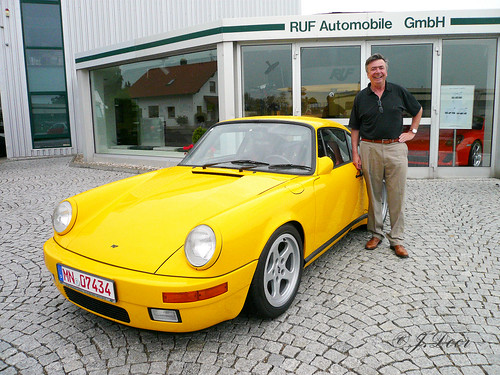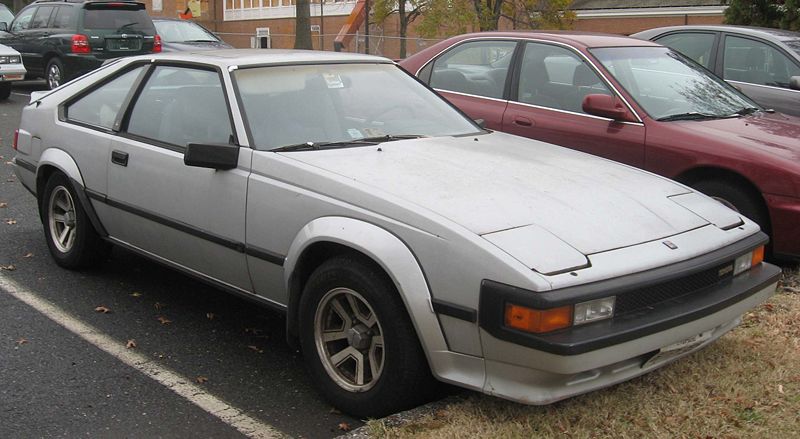
Audi LeMans Quattro Concept
In 2003 Audi displayed a concept car at the Geneva Motor Show and the Frankfurt Motor Show called the Audi LeMans Quattro. After receiving a very positive response to the concept they decided to make a road car based on that design. In 2005 they announced production of the car which would be called the R8 as an homage to the dominant R8 Le Mans race car. The production version of the R8 debuted at the 2006 Paris Auto Show.
Audi decided to tap into some of the work already done by Lamborghini, an Audi owned company, and based the R8 on the very successful Lamborghini Gallardo. The R8 was designed and built by Audi subsidiary Quattro GmbH. The car uses an aluminum monocoque around an aluminum space frame and the suspension uses the magneto rheological dampers from Delphi (GM). Assembly is handled by 70 specially selected workers at Audi's renovated factory in Neckarsulm, Germany.

Audi R8 4.2
The standard R8 is powered by a mid mounted, direct injection 4.2L 32v V8 producing 420HP/317TQ. This is the same engine used in the most recent Audi RS4 however it uses a dry sump lubrication setup in the R8. The transmissions are either a Lamborghini 6 speed manual or an Audi R-Tronic automated paddle shift manual connected to Audi's Quattro all wheel drive system. The V8 powered R8 will hit 60MPH in 4.4 seconds on it's way to a 12.8 second 1/4 mile. Top speed is 187MPH.

Audi R8 5.2
Not satisfied with the success of the V8 powered R8, Audi unveiled the R8 5.2 in 2008 which features a direct injection 5.2L V10 borrowed from the Lamborghini Gallardo LP560-4. The engine is detuned a bit to produce only 525HP/391TQ. That bump in power over the V8 propels the R8 5.2 to 60MPH in just 3.9 seconds and a top speed of 196MPH. Some exterior modifications distinguish the V10 R8 from the base V8 powered car such as all LED headlights, different wheels, larger brakes, more aggressive styling, and larger air intakes. It was rumored that Audi was initially testing the R8 with the twin turbo 572HP V10 from the RS6 however that was cancelled after a test car burned up on the Nurburgring due to insufficient cooling.

Audi R8 TDI
The Audi R8 V12 TDI concept was shown in 2008 at the North American International Auto Show. It featured a 6.0L V12 using Audi's TDI turbodiesel technology. Producing 493HP/and 738TQ it is able to propel the R8 TDI to 60MPH in 4.2 seconds and a top speed of 202MPH while returning impressive fuel mileage numbers. It was a possibility for production however Audi halted development in 2009 due to the extensive costs of re-engineering the R8 to accept the much larger engine.

Audi R8 Spyder
In 2009 Audi unveiled the long rumored R8 Spyder at the Frankfurt Motor Show. Powered by the 5.2 V10 it is very similar to the R8 Coupe except for the obvious fabric roof and the deletion of the R8's signature "side blades". At that same show Audi displayed the E-Tron concept which is basically an all electric version of the R8. It is powered by a set of electric motors placed at each wheel and produces a claimed 313HP/3,319TQ (no that's not a misprint).
Since it's introduction the R8 has been very well received. Reviews continually praise it's perfomance, luxury and comfort. Many have compared it favorably to the current Porsche 911 as a truly user friendly, every day supercar.










.jpg)




































